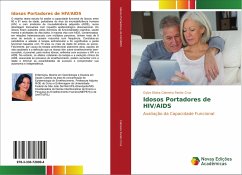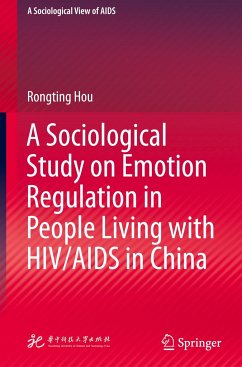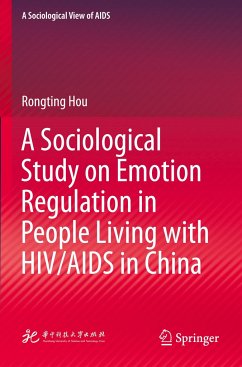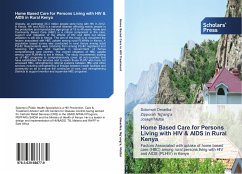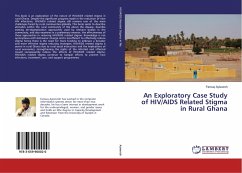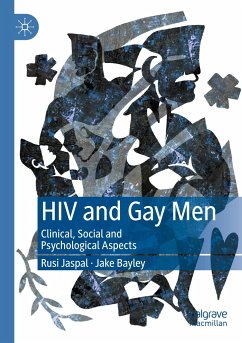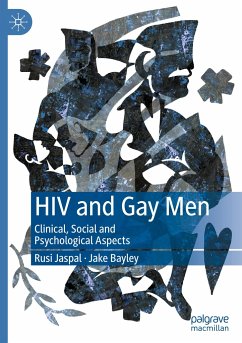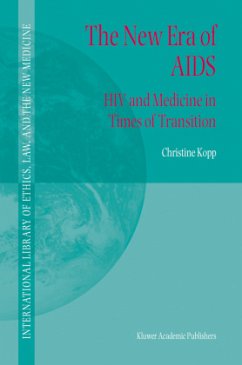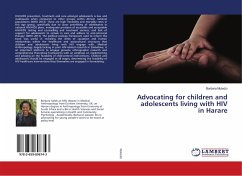
Advocating for children and adolescents living with HIV in Harare
Versandkostenfrei!
Versandfertig in 6-10 Tagen
33,99 €
inkl. MwSt.

PAYBACK Punkte
17 °P sammeln!
HIV/AIDS prevention, treatment and care amongst adolescents is low and inadequate when compared to other groups within African national populations (WHO 2013). There are high morbidity and mortality rates in this age group, specifically due to 'poor prioritising of adolescents in national HIV/AIDS plans, inadequate provision of accessible and acceptable HIV/AIDS testing and counselling and treatment services, and lack of support for adolescents to remain in care and adhere to anti-retroviral therapy' (WHO 2013). The political ecology framework used to inform this book was useful in revealing t...
HIV/AIDS prevention, treatment and care amongst adolescents is low and inadequate when compared to other groups within African national populations (WHO 2013). There are high morbidity and mortality rates in this age group, specifically due to 'poor prioritising of adolescents in national HIV/AIDS plans, inadequate provision of accessible and acceptable HIV/AIDS testing and counselling and treatment services, and lack of support for adolescents to remain in care and adhere to anti-retroviral therapy' (WHO 2013). The political ecology framework used to inform this book was useful in revealing the webs of causation and human relationships within the healthcare and sociocultural structures that children and adolescents living with HIV engage with. Medical Anthropology, largely lacking in prior HIV-related research in Zimbabwe, is an important platform to engage genuine ethnographic research and comprehensive theoretical frameworks with an emphasis on implementing and advising on thefeasibility of child-centred interventions. Children and adolescents should be engaged at all stages, determining the feasibility of HIV healthcare interventions they themselves are engaged in formulating.




